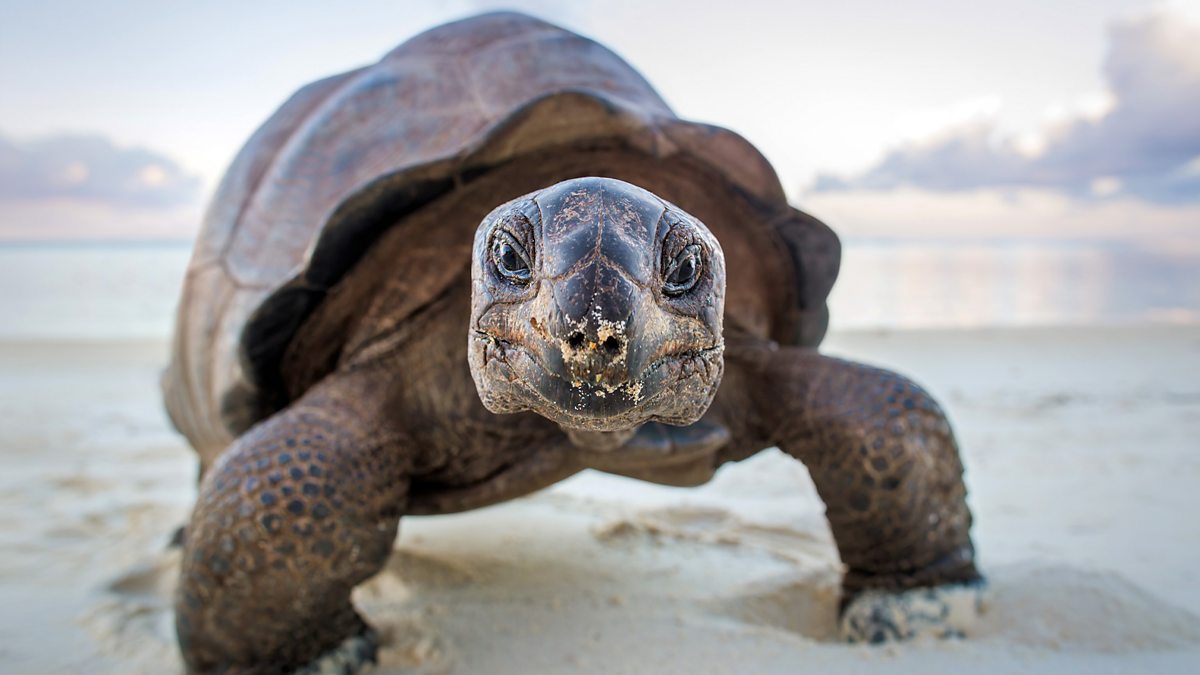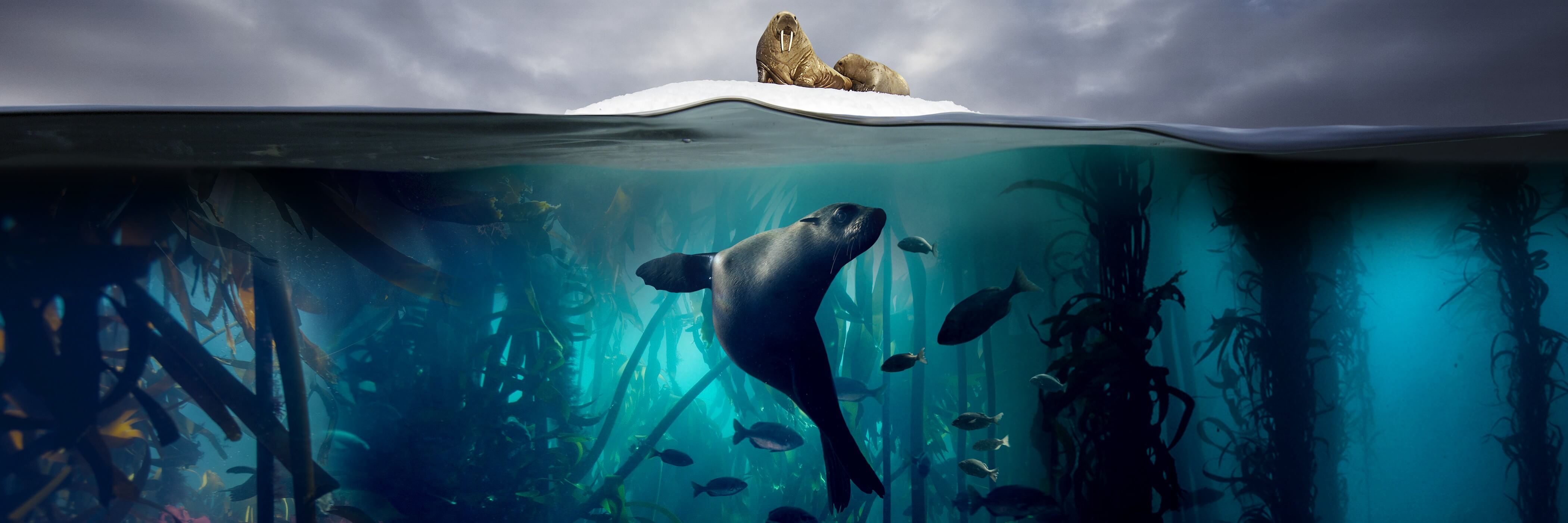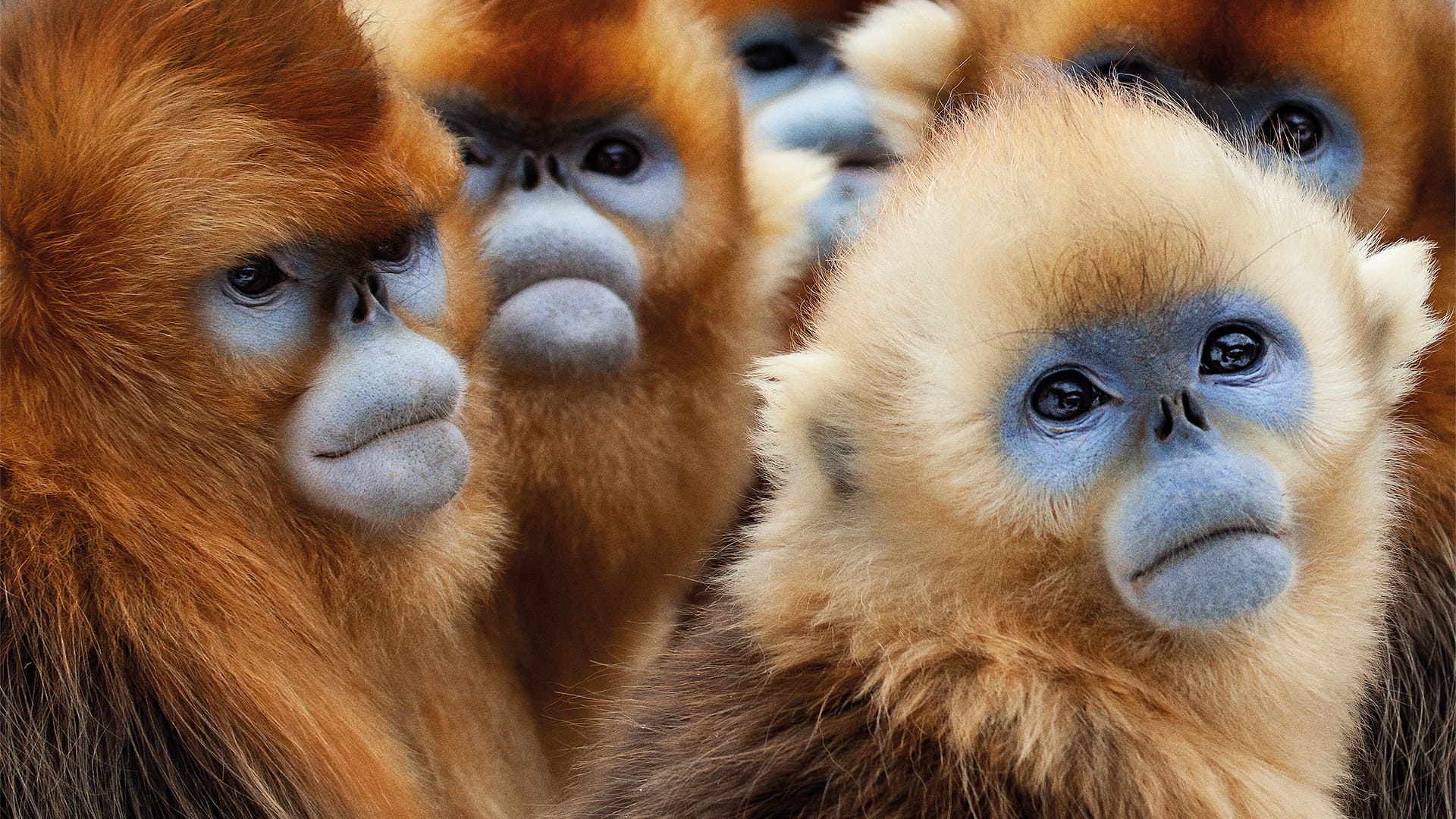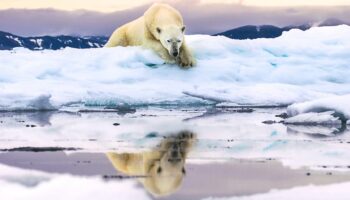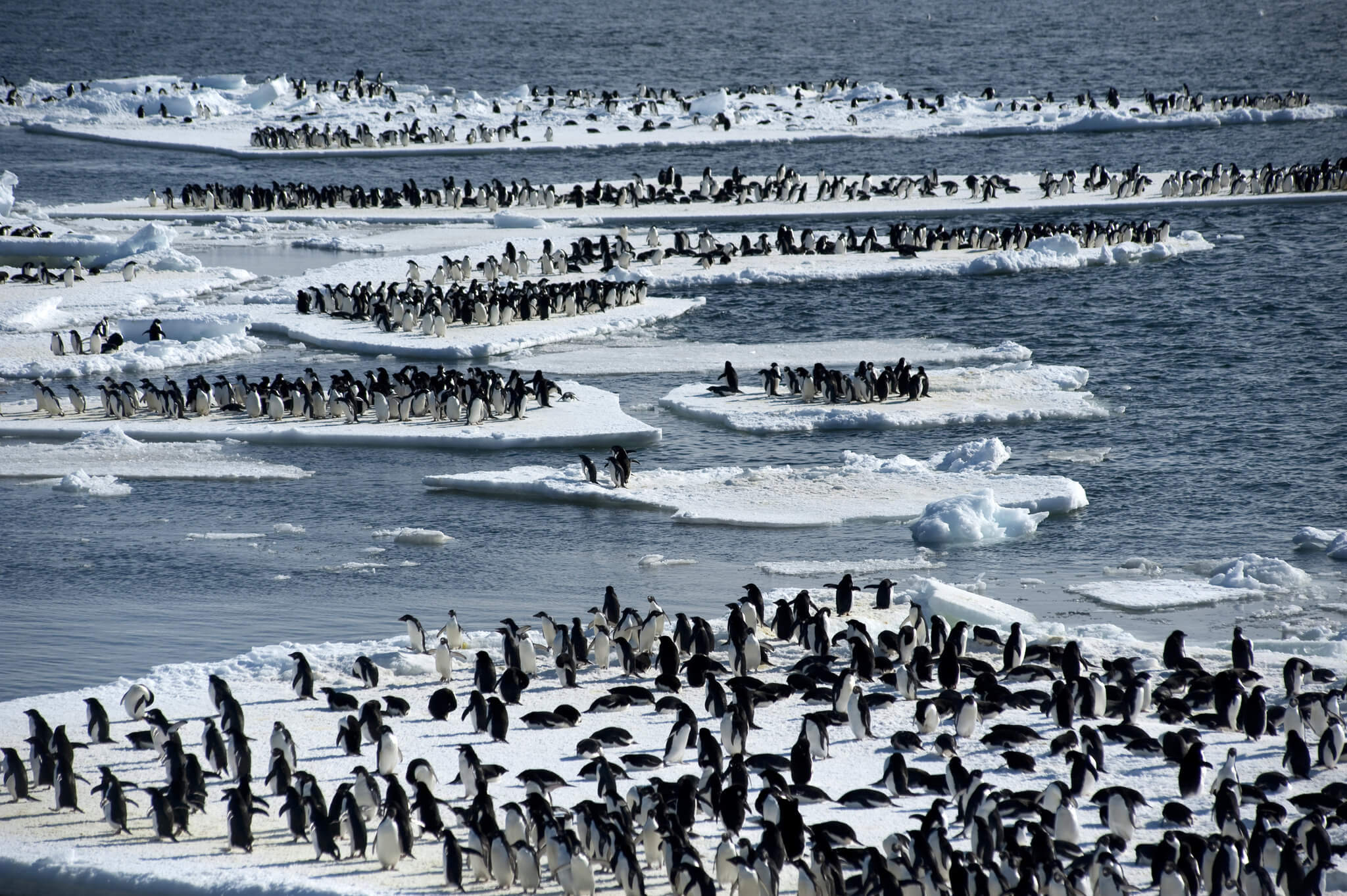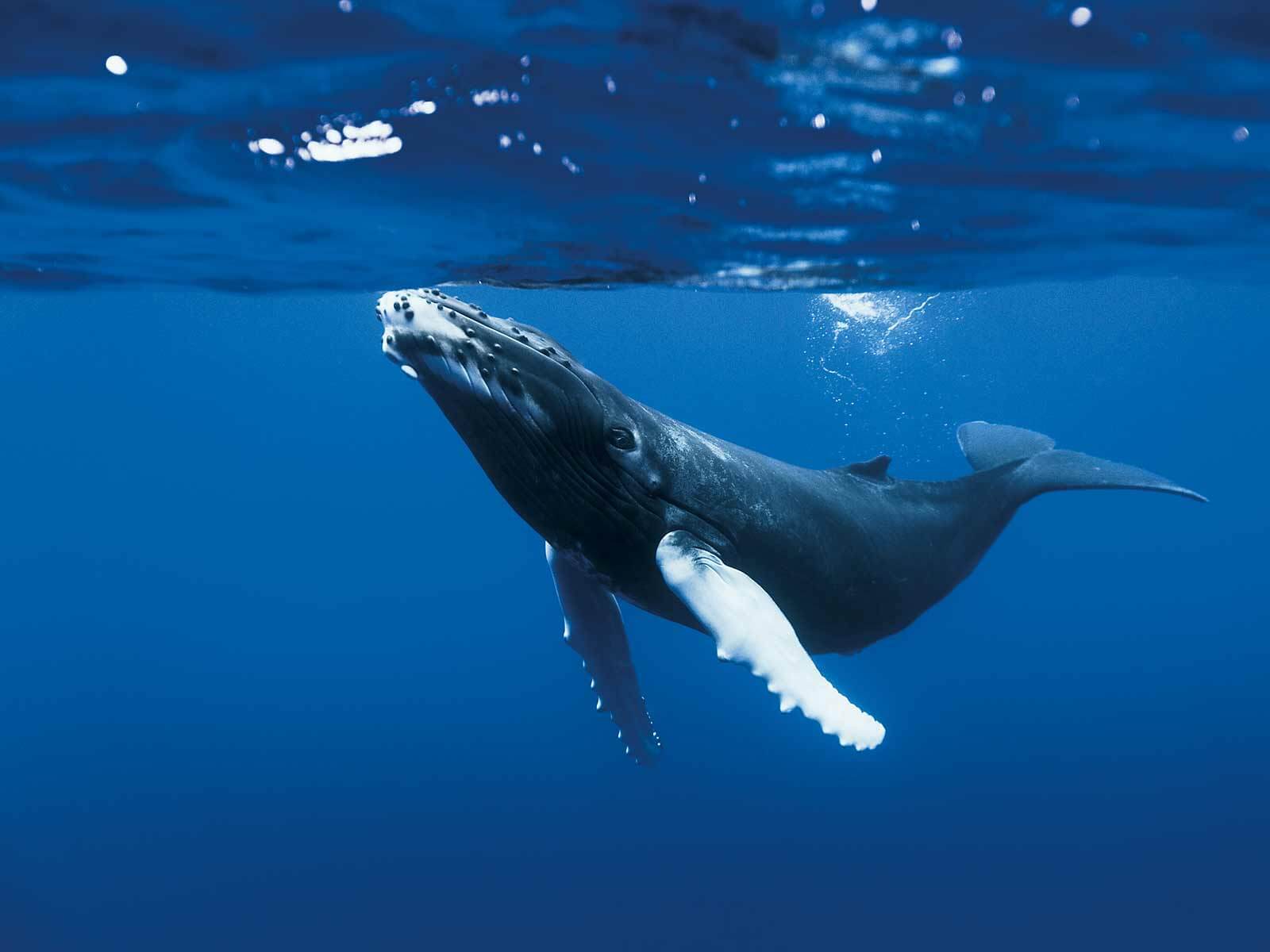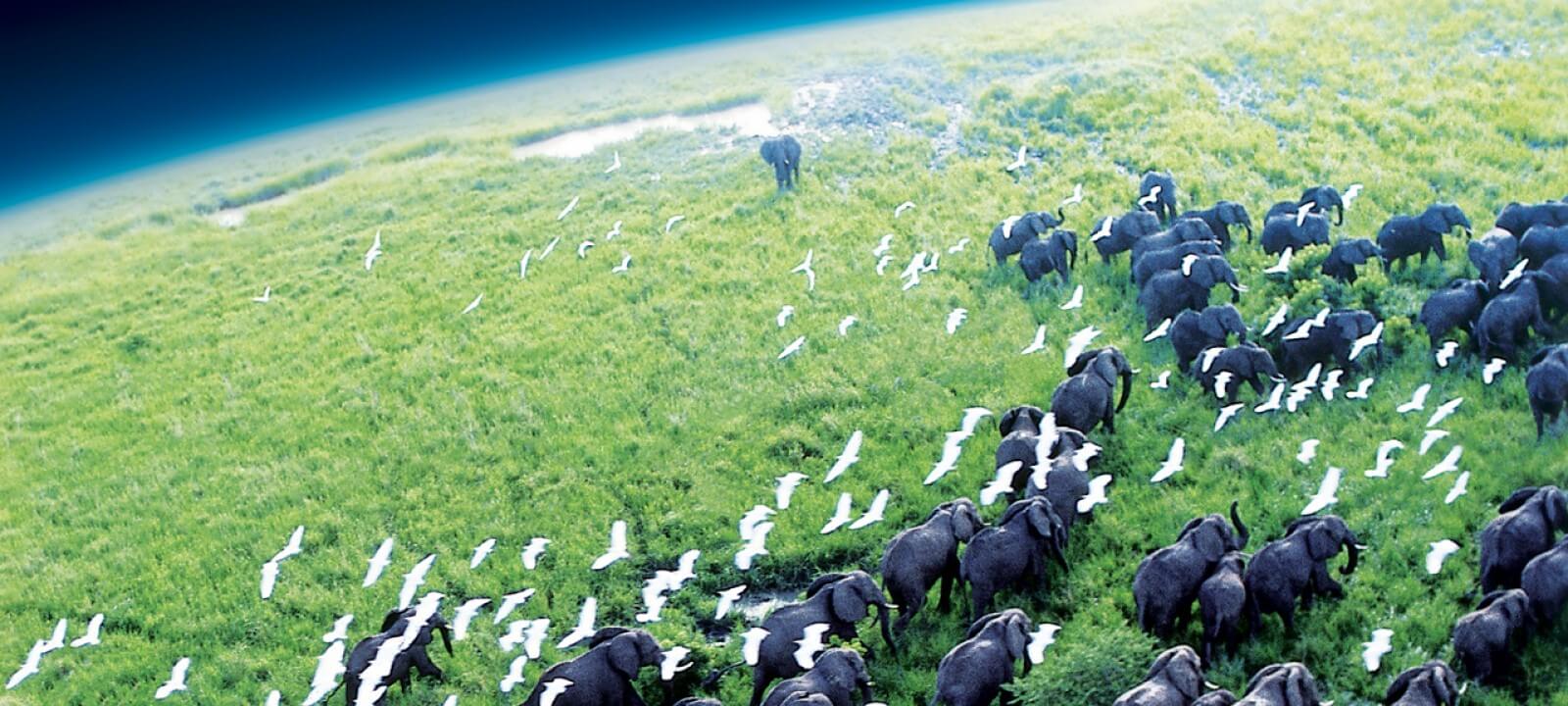description:
Our planet is one in a billion. How incredible, awe-inspiring life is driven by its natural forces – and how we can ensure humans become a force for good. With David Attenborough.
episodes:
01. Volcano
A look at how without volcanoes, there would be no life on Earth. Although destructive, magma from the planet’s molten core builds land, and mineral-rich ash from eruptions fertilises the surface.
02. The Sun
From the frozen poles to the searing deserts, this episode shows how animals have come up with strategies to survive the uneven amounts of sunlight that fall on our planet.
03. Weather
Weather controls the distribution of freshwater on Earth, which in turn shapes the lives of animals in diverse habitats around the globe.
04. Oceans
Oceans are the largest ecosystem on earth, covering two thirds of our world’s surface and providing half the oxygen in our atmosphere. They are home to as much as 80 per cent of all life on earth, and nearly three billion people rely on them for their primary source of food.
But our planet’s oceans would be little more than stagnant wastelands, and life on earth – not just in the oceans – would cease to exist, were it not for one simple factor: a global network of powerful currents. Every drop of seawater on earth rides these currents, taking 1,000 years to complete a single circuit. Without the constant mixing of currents, tides and waves, our oceans would stop supporting life – and a healthy ocean is vital to a healthy planet.
05. Humans
Earth is the only living world we know of, but a new force threatens our perfect planet. That force is us. Humans are changing our planet so rapidly, it’s affecting earth’s life support systems: our weather, our oceans and the living world. To understand what is going wrong, we must look to the past.
Earth has been through at least five mass extinction events, most of which have been caused by cataclysmic volcanic eruptions. It’s not the lava or ash that wiped out life, but an invisible gas released by volcanoes: carbon dioxide.
Through compelling animal-led stories and expert interviews, we discover how CO2 is destabilising our planet. We meet rescued orphaned elephants in Kenya, victims of ever worsening droughts, and join ocean patrols off the coast of Gabon fighting to save endangered sharks. In the Amazon, we witness wildlife teams saving animals in the shrinking forests, and in San Diego we enter a cryogenic zoo preserving the DNA of endangered species before they become extinct.
Almost every part of modern life depends on energy created by burning fossil fuels, and this produces CO2 in huge amounts. Humans are now acting like a super-volcano, releasing carbon dioxide at an even greater rate than the prehistoric mega-eruptions that extinguished life in the past. Globally, we now release 100 times more carbon dioxide into the atmosphere than all of Earth’s volcanoes combined.
The greatest change to be made is in how we create energy, and the planet is brimming with natural power that can help us do just that. It’s these forces of nature – the wind, the sun, waves and geothermal energy – that hold the key to our future.

